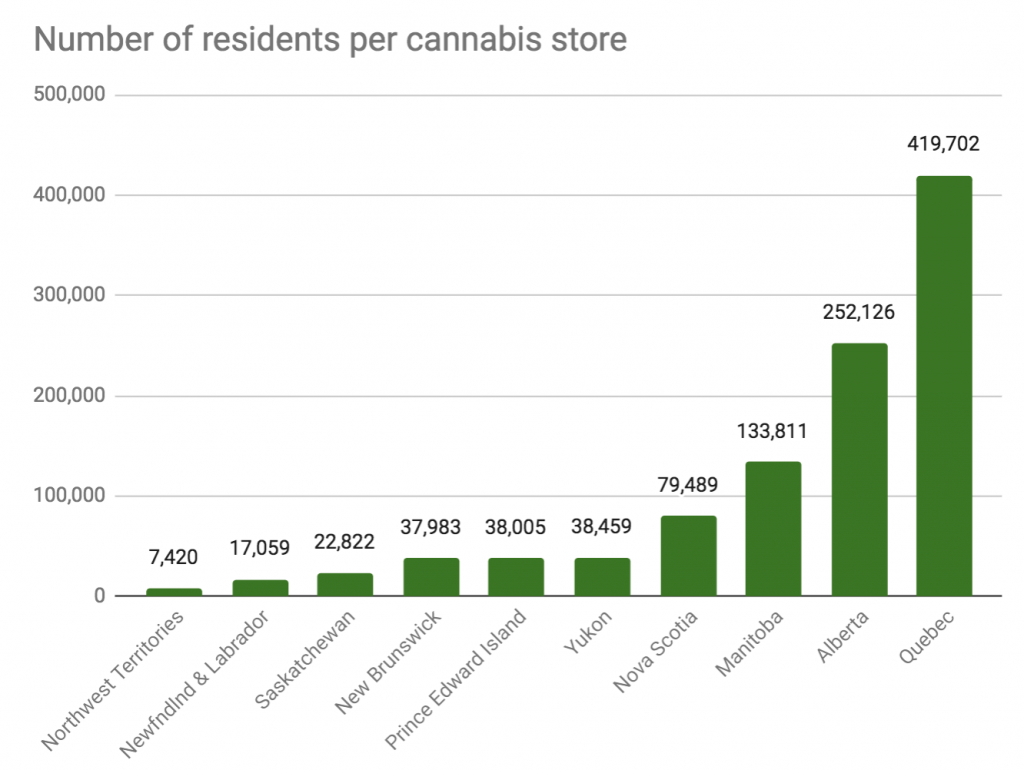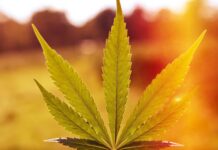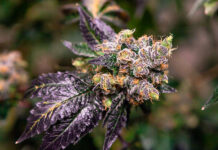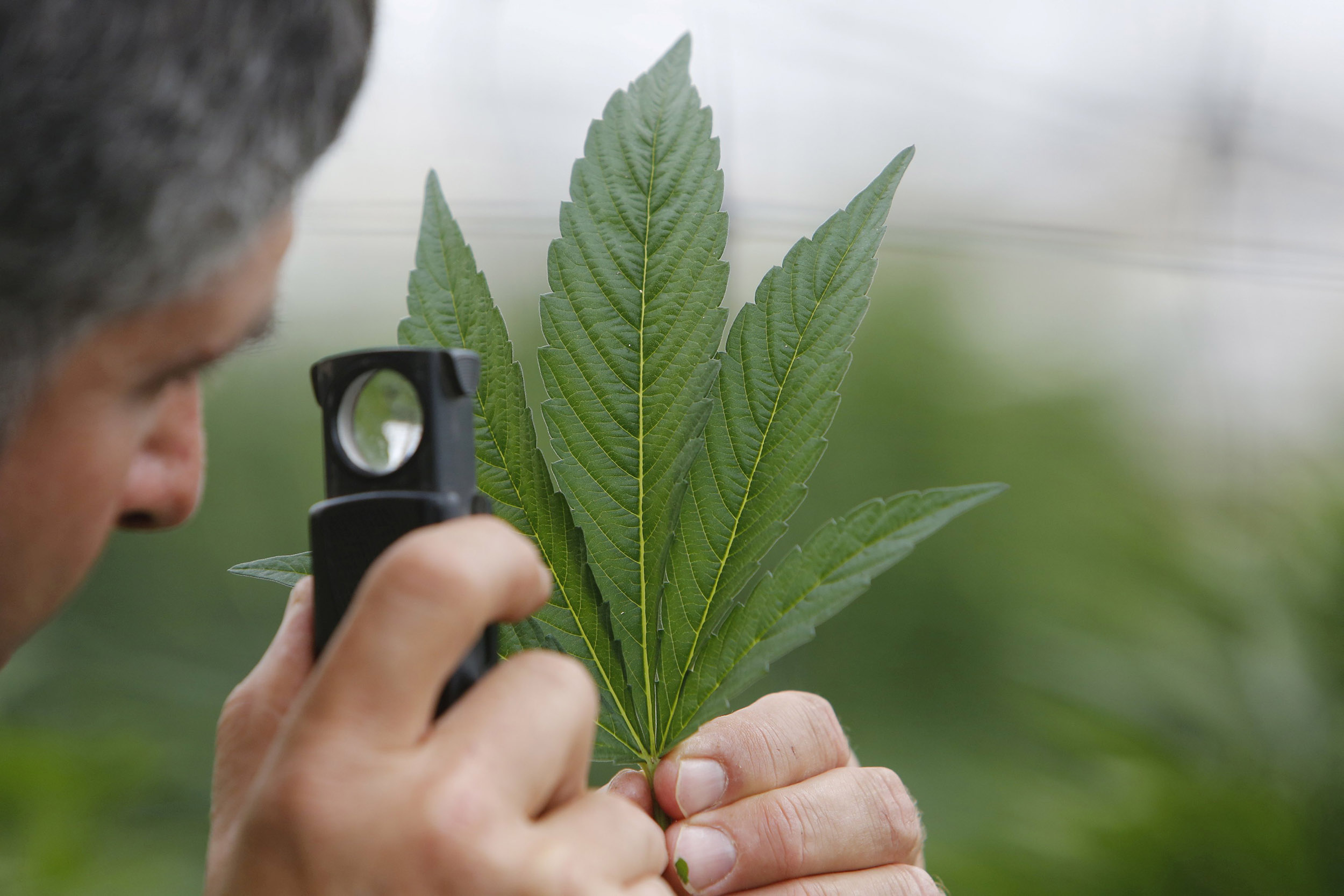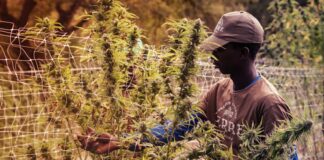Canadian adults will be able to purchase marijuana legally across the country Wednesday, Oct. 17, 2018. But the number of stores per province or territory and per capita at this point varies widely, an analysis Marijuana Moment conducted shows.
For residents of Canada’s most and least populous provinces and territories, Ontario and Nunavut, respectively, online ordering will be their only means of legal purchase for the foreseeable future. British Columbia, the third-biggest province in the country with 4.8 million residents, has licensed only one store. Meanwhile, Northwest Territories, with only 44,520 residents, will open six government-run stores, or one per 7,420 residents.
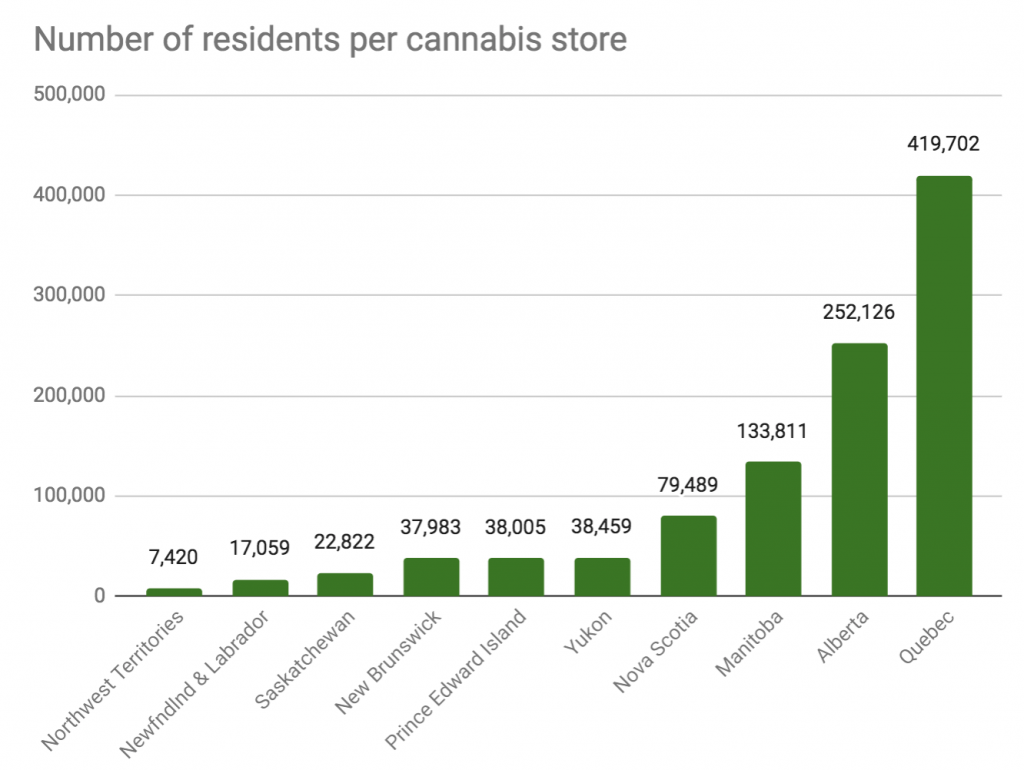
British Columbia is omitted for scale, as it has only one store for 4.8 million residents. Ontario and Nunavut will permit online sales only on Oct. 17, 2018. Population is based on 2017 from Statistics Canada.
While many of even these preliminary licensed locations will not be operational Oct. 17, 2018, by federal law, each province or territory must provide an online purchasing system.
And the provinces and territories have committed to opening more physical stores. Manitoba has set a goal that 90 percent of Manitobans have a 30-minute drive or less to a cannabis store. Ontario was supposed to have 40 stores run through the province by now, but when the new provincial government came into power in June 2018, it decided that cannabis stores will be privately owned, so legislators had to go back to the drawing board on regulations.
Alberta hasn’t set a limit for the overall number of private stores in the province, but each locality will be allowed to set a limit for their area. Hundreds of companies have applied to be retailers.

Each province or territory has set up its own rules and regulations regarding minimum age for sales, possession limits, and whether residents can grow plants at home.
As with alcohol, the age at which Canadians can purchase cannabis is lower than in the United States. In Quebec and Alberta, 18 year-olds will be able to purchase adult-use marijuana. In every other province, the legal minimum age will be 19. By contrast, in the U.S., each state that has legalized recreational marijuana to date has set the legal age at 21, which is also the legal drinking age in the states.
In most provinces, four plants can be grown in a household. Quebec and Manitoba are prohibiting home growing; Nunavut is not prohibiting personal growing, but has not defined a limit. New Brunswick has specified conditions to allow plants to be grown outdoors (a locked enclosure 1.52 meters, or about 5 feet, high). British Columbia has specified that home plants must not be visible to the public, and won’t be allowed in day-care homes.
The national standard for purchase and public possession for adults is 30 grams, or 1.06 ounces, of product of any kind. Quebec has set a limit on household possession at 150 grams, or 5.3 ounces, but other provinces have not set limits on how much cannabis can be kept in a private home.
What will make up those 30 grams? Flower, oils and, in provinces that are allowing home growing, seeds and plants. The federal legislation prohibits edibles and concentrates at this time.
Public use of cannabis is the policy that varies the most widely from province to province. Most provinces have adopted the stance that smoking or vaping marijuana will be illegal anywhere smoking or vaping tobacco is not allowed. Saskatchewan, Manitoba, New Brunswick, and Yukon have banned public use — the regulations of the latter two specify backyard use as well as homes. Alberta and Nunavut have left it up to local governments to set regulations. Ontario and Quebec have set specific locations where it will be illegal to consume, including parks, public spaces, and bus shelters.
Each province has passed legislation of some form banning cannabis for drivers in vehicles, but legal limits will differ among provinces and territories. Quebec has adopted a “zero tolerance” policy for all drivers, while Ontario is setting zero-tolerance for drivers younger than 21, as well as commercial drivers. Other provinces are developing systems for how driving while impaired will be determined.
With retail stores spare in Ontario and British Columbia, perhaps Regina, Saskatchewan, will become the tourist destination of choice for Americans thinking about crossing the border to experience legalization in their northern backyard. Those tourists should be sure to empty their pockets and car before returning to the United States, as the U.S. Customs and Border Protection has promised to crack down on Canadians and U.S. citizens alike.
This article was originally published on Marijuana Moment.


